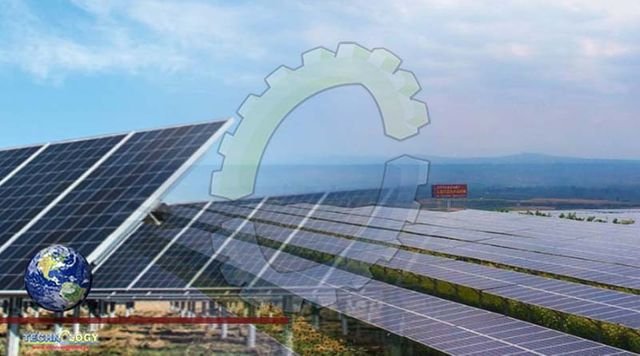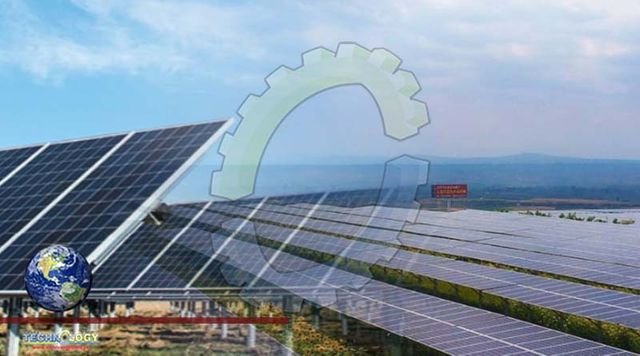Global annual solar deployment to hit 1 TW by 2030 Major players in the solar industry, such as LONGi Solar, are projecting accelerating growth in the near term.

If it feels as if the solar industry has crossed a major milestone, that’s because it has. Cumulative industry deployments reached 1 TW of installed capacity sometime in Q1. And now, only a couple of months later, it is time to move on from these accomplishments and ask the industry, “what will you do for us by 2030?” What is it we are asking for? One terawatt of solar power, installed each and every year, and forever thereafter, starting in 2030. At InterSolar Munich last week, LONGi Solar, the global leader in solar panel manufacturing, projected that global solar deployment will reach 1 TW per year by 2030.
To elucidate this point, pv magazine USA assembled the chart below based upon BloombergNEF solar photovoltaics deployment data from the year 1980 through 2021. The vertical axis shows the amount of growth in each year versus the three years prior. Based on 1980’s deployment volume of 7 MW divided by 1983’s volume of 20 MW, we saw 286% growth – almost tripling the deployed capacity in three years. This is an average that saw “slower,” 127% to 286% growth in the 1983 to 2003 period, which turned into explosive 224% to 661% growth from 2004 to 2013, before settling into 156% to 224% growth from 2014 through to the present.
The trend line shows that we’ve slowly been increasing deployment growth rates since 1980, and if we were to have actually doubled our deployment volume every three years since that 7 MW built in the 1980s, we would have built somewhere between 100 and 114 GWdc of capacity in 2021, instead of the ~183 GW which was actually deployed. Looking at these numbers, it is easy to see how LONGi and others have arrived at their projections. Several industry analyst groups have reported that global solar deployment in 2021 totals 150 MW of capacity versus BloombergNEF’s 183 GW. Starting with the lowest estimate, and assuming that installed capacity continues to double every three years, the capacity deployed in the near future will be immense
Alternatively, if we start with the 183 GW deployment predicted by the venerable Bloomberg NEF team, we arrive at nearly 1.5 TW of yearly deployments in 2030. Starting with the highest estimates, based on the energy war boosted 230 to 250 GW deployments forecast for 2022, we see 1 TW per year being deployed as soon as 2028. Naysayers may claim that these estimates are simply a sales story from a company that seeks to sell more solar panels. That is a logical conclusion, but let’s consider another, more practical explanation. Perhaps this sales story comes from informed manufacturers and developers, readying their companies for the inevitable whirlwind of market demand.
This author sees the story of intense industry growth as a warning, not an advertisement. Perhaps by examining some corollary data we can confirm the story. SolarPower Europe released their Global Market Outlook (GMO) for 2022 through 2025 capacity projections in time for the InterSolar conference. In just three years, SolarPower Europe predicts global solar deployments will more than double, to 2.3 TW in 2025.
The group’s middle-of-the-road growth scenario now points to 283 GW of solar power being deployed in 2024. This projection has increased several times, from 200 GW in 2020 to 239 GW in 2021 and it now sits at 283 GW.One might reasonably assume that SolarPower Europe could increase their 2024 projections once more in 2023, and then again in 2024, possibly reaching 300 GW. That would fit right in with the anticipated 1 TW per year by 2030.
It was only a few years ago that global solar manufacturing produced ‘only’ 500,000 metric tons of the product. Now, on a timeline of only four years, we’re seeing plans for one company to potentially double the world’s capacity. There have also been dramatic reductions to the amount of polysilicon required to manufacture solar panels. Only a few years ago, solar panels needed 4 to 5 grams of polysilicon to make one watt of solar power, supporting 100 to 125 GW of capacity deployed Today’s solar technology requires only 3 grams of polysilicon to produce that same watt. Technology has advanced so quickly that even this 3 grams per watt figure may be a conservative estimate.
Thus, by 2026, one million metric tons of polysilicon should be expected to support 333 GW of solar module manufacturing capacity. That’s a third of our terawatt needs, and about half of our 2027 medium-growth estimate of 600 GW. Of course, Tongwei is not the only company seeking to massively expand their polysilicon capacity. LONGi Solar and others have made similar announcements. They are only two of several manufacturers readying themselves to meet demand and stay in control.
Source: This news is originally published by pv-magazine-australia
